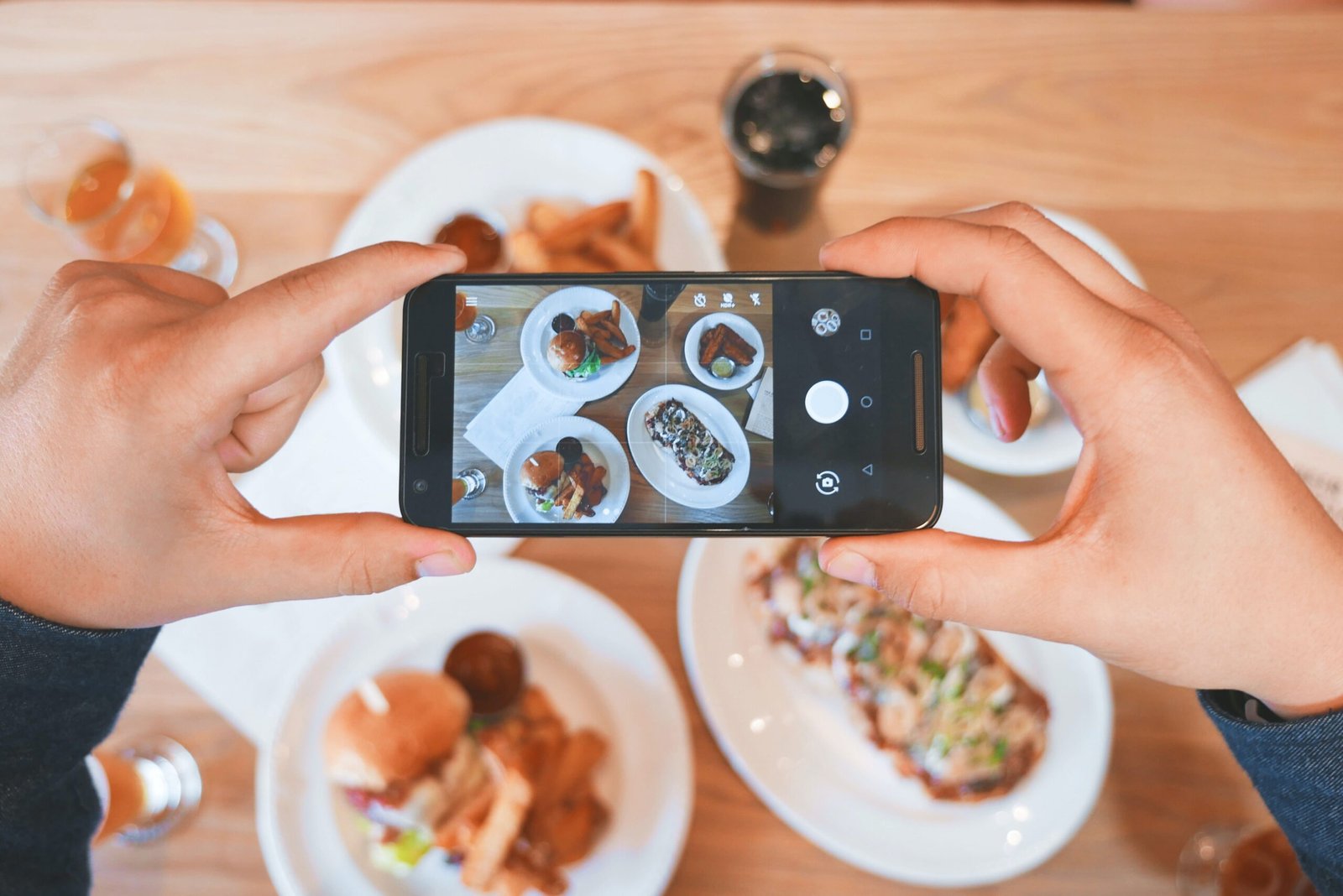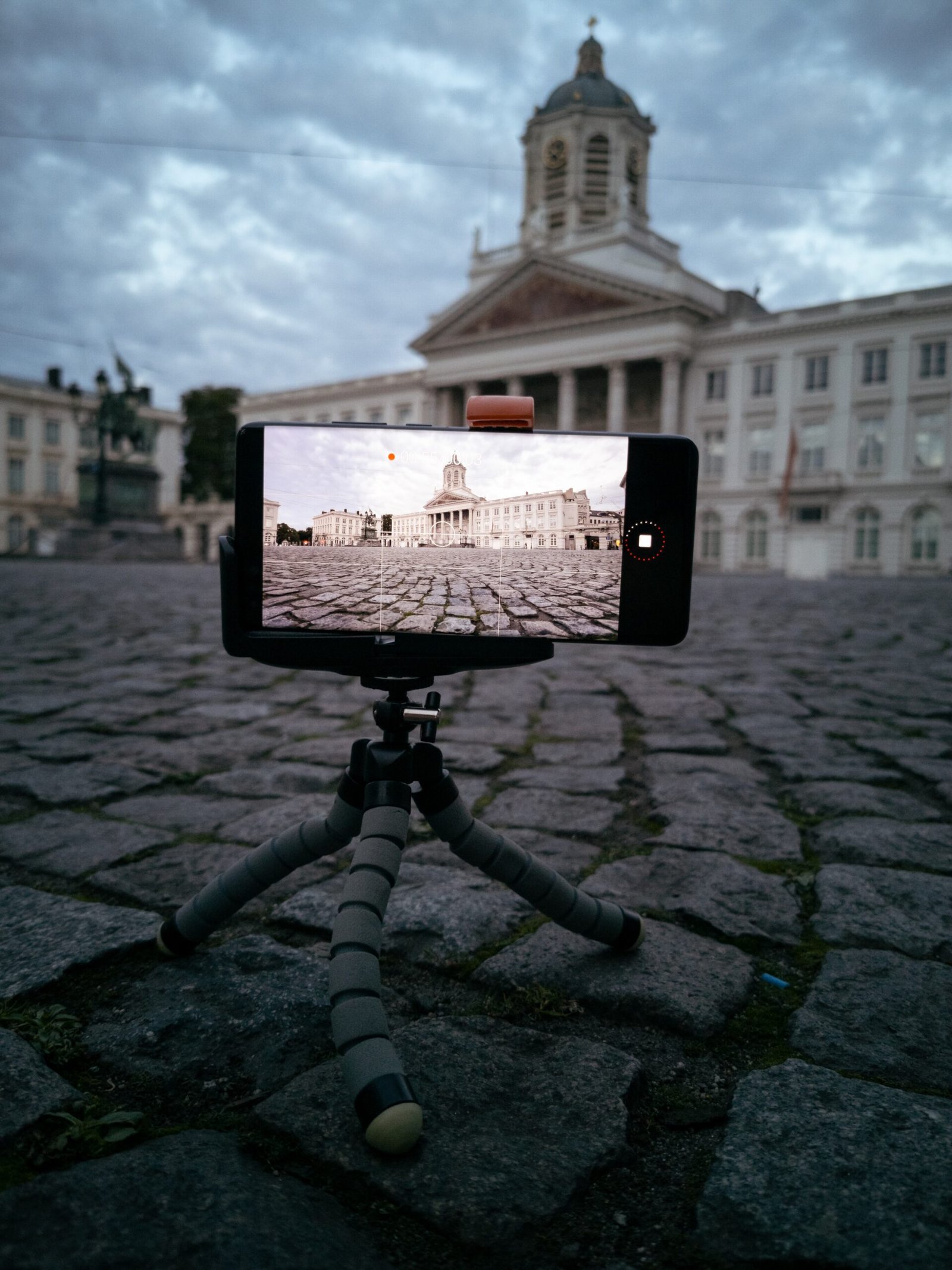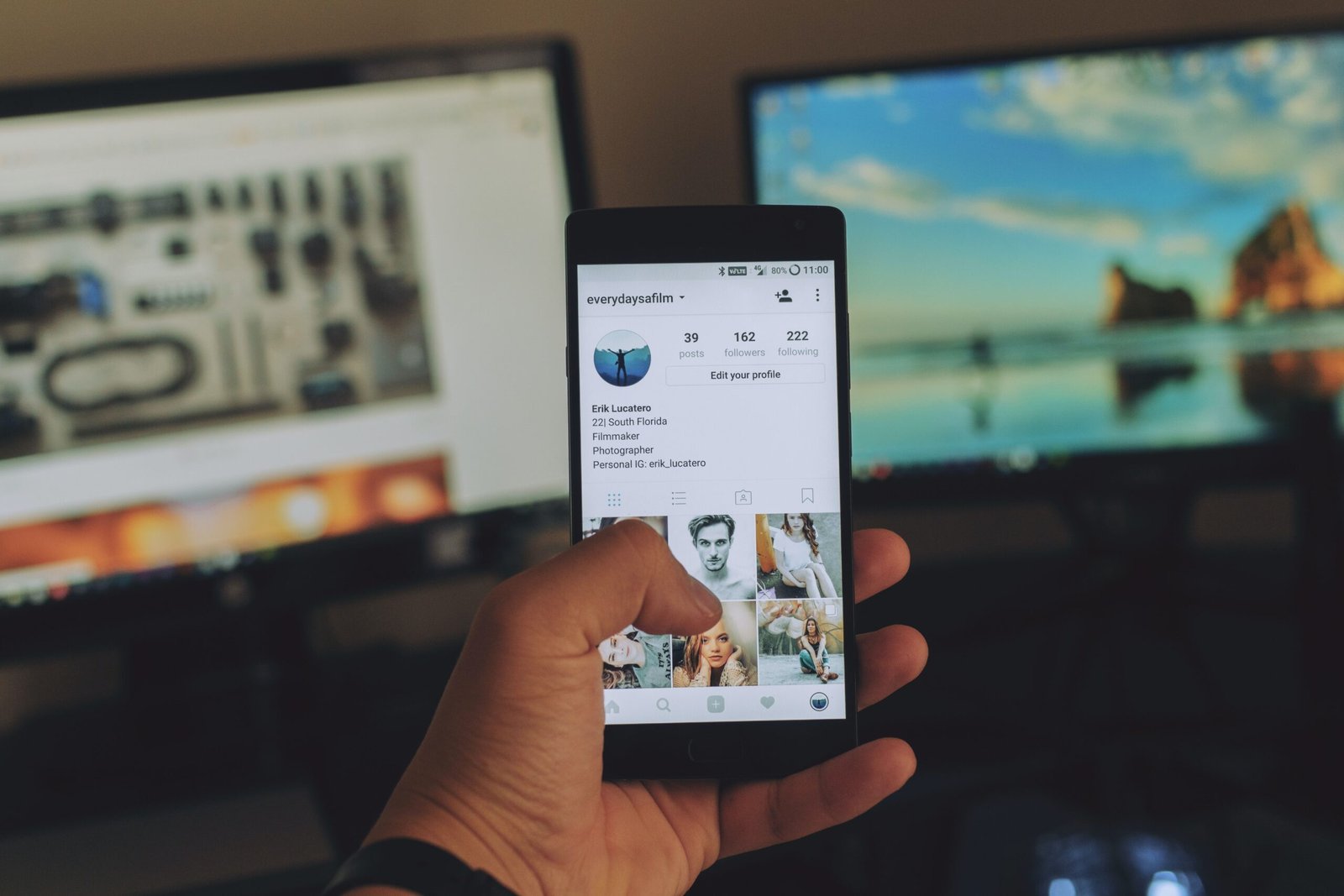
Tips To Take Better Photos On Your Smartphone
Using your smartphone to take your photos is highly convenient, allowing you to snap away no matter where you are.
Cameras on phones have increased in quality, with recent research showing that it’s caused a significant drop in the sale of cameras by a whopping 108 million between 2010 and 2016 alone.
You can take professional-looking snaps without lugging around a camera case or worrying about forgetting film, as you would when film cameras were all the rage. Ensure you’re getting the very best from your choice of smartphone by utilizing the below tips and tricks, all of which will help reduce grain, blur, or distortion.
Experiment with framing
Framing refers to how you draw focus to the photo’s subject and is a vital part of taking high-quality photographs. Get the very best out of your smartphone by experimenting with the framing settings. If you have an iPhone, visit your settings and click ‘camera’ before enabling the ‘grid’ option. This will set up a grid that will help you implement the rule of thirds with ease.
Those with an Android device should go to their settings, choose ‘apps’ and then ‘camera’ before selecting ‘grid lines’. You can then select between a rule of thirds overlay or an Instagram-style overlay that frames your photo as a square.
Invest in a tripod
Using a smartphone tripod will ensure shaky hands won’t let you down. Even those who pride themselves on having a steady hand will benefit from using a tripod. It reduces the risk of unwanted blur, helps with fluid panning and frees your hands so you can continue setting up the image. Make sure you choose a tripod that is compatible with your phone – you can find versions that fold away and fit right into your pocket.
Don’t zoom in
While close up photographs can look amazing, using your smartphone to zoom in rather than physically moving closer can reduce the quality. In turn, this will result in grainy or blurred images. The best thing to do is get closer or, if that’s not possible, take it from further away and crop it during the editing process.
Avoid using a flash
While it can be handy for casual images, the flash option on smartphones isn’t great if you’re trying to achieve professional-looking photographs. They tend to look overexposed and make the subject appear washed out. Instead, take advantage of natural light or invest in a ring light if you’re taking photographs when it’s dark. You can always adjust the lighting while editing too, which will help preserve the quality while getting the look you desire.
Experimenting with photography will help get those creative juices flowing, no matter what device you choose to take it on. Enjoy the process and take time to figure out what your phone can achieve – you’re likely to be pleasantly surprised.









